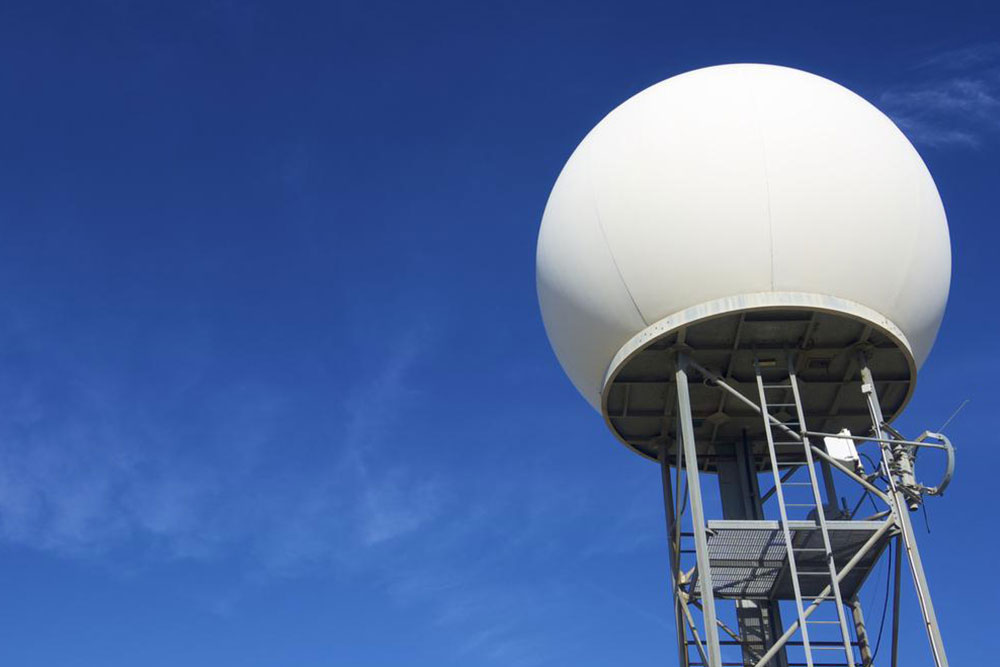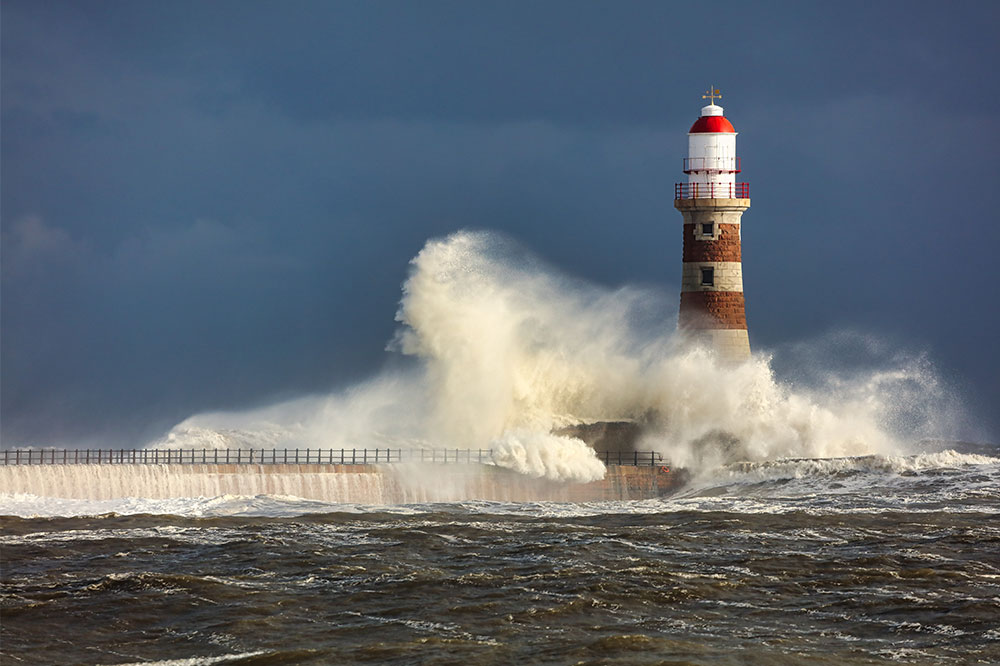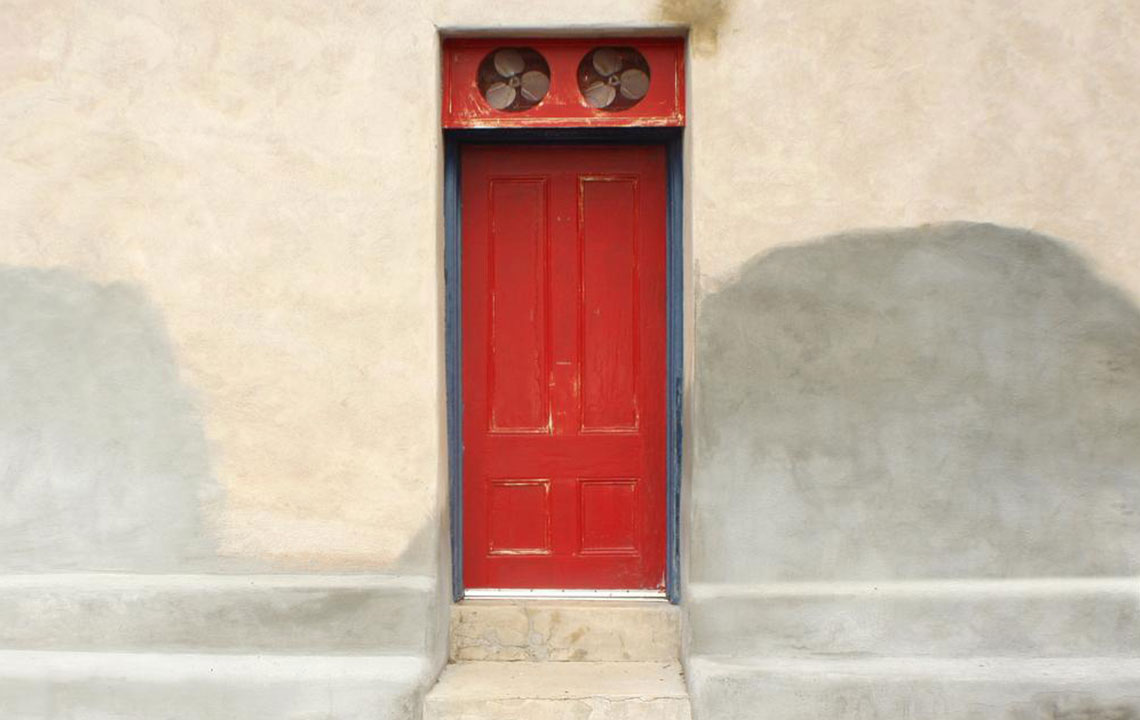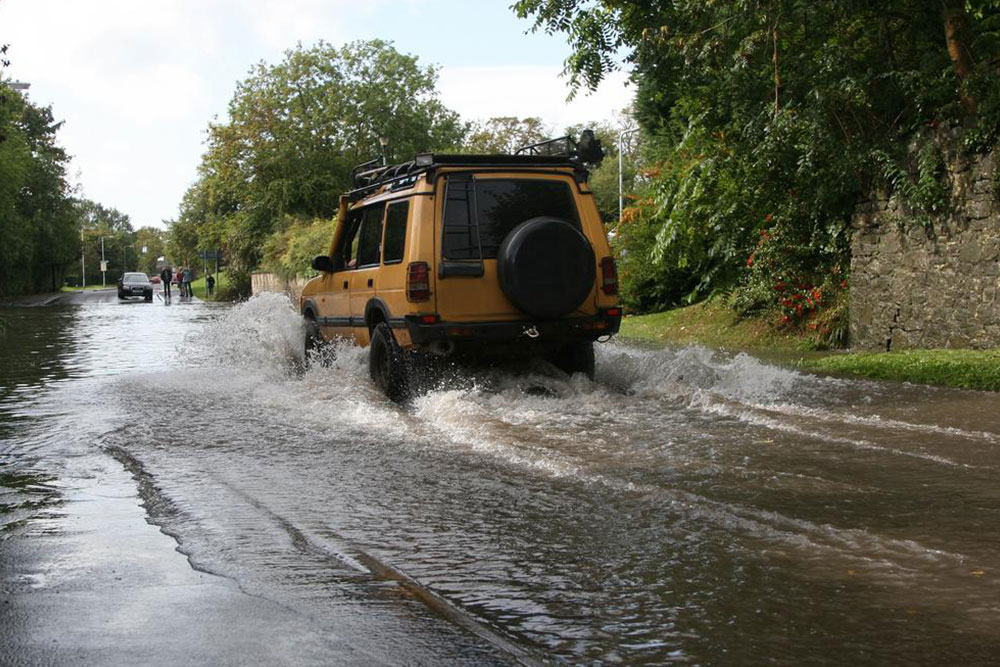Exploring the Thrills of Storm-Tracking Adventures
Discover the history and adrenaline of storm chasing, from its origins in the 1950s to today's recreational and scientific pursuits. Learn about the tools, training, and diverse backgrounds of thrill-seekers who chase storms for excitement and data collection.
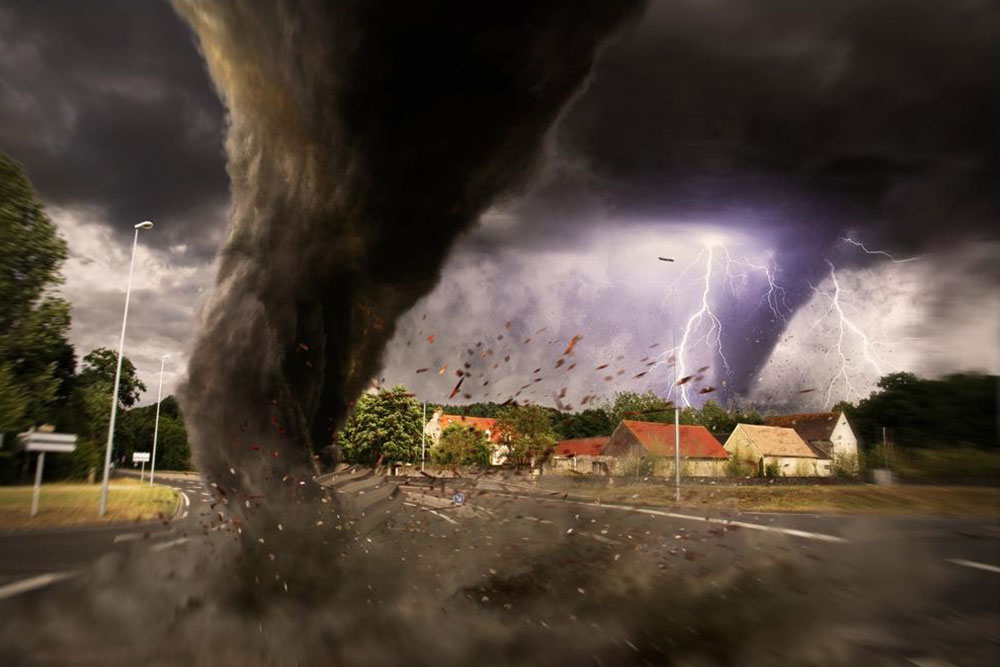
The Excitement of Storm-Tracking
Storm tracking started in 1956 when North Dakota's David Hoadley began pursuing storms to gather weather data from stations and airports. Neil Ward and Oklahoma University played key roles in formalizing storm chasing efforts. In 1972, Oklahoma University and the National Severe Storms Laboratory launched the tornado interception project. Today, storm chasing is mostly recreational, focusing on photography and videography for thrill-seekers eager to experience danger firsthand.
While primarily a hobby, storm chasing can contribute to scientific research. Enthusiasts often act as storm spotters, providing real-time weather reports that enhance warning systems and scientific databases. Typically, storm chasers operate light vehicles with weather monitoring gear, following storm developments closely. Most chase for passion or profit, selling videos and photos, with some participating in organized research or media roles. No formal qualifications are necessary, though storm spotter training is available through local weather offices. Participants come from diverse backgrounds, mostly male, averaging around 35 years old, many with college degrees, often residing in central and southern US regions.
Storm chasing history and development
Scientific and recreational purposes
Tools and equipment used
Chaser demographics and motivations

